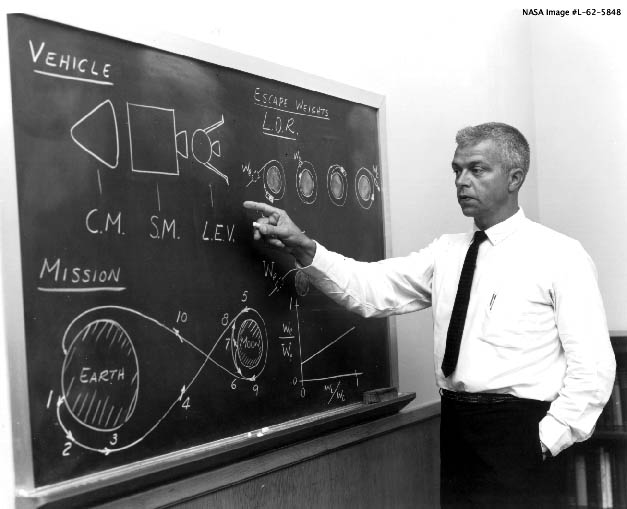June 30, 2010 Vol. 3, Issue 6
A study of executive leadership identified the behaviors and personal attributes of successful NASA executives.
What do successful executives at NASA have in common? Executive Leadership at NASA: A Behavioral Framework, a study conducted by the Office of the Chief Engineer, investigated the behaviors and personal attributes of 14 NASA executives regarded by senior leaders as highly effective in their roles. The research team identified a shared set of effective executive behaviors and attributes that fall under six broad themes:
Leadership. Top executives are capable of creating organizational structure by defining roles and responsibilities, identifying and acquiring the sources needed for a project, and drawing on the expertise of others and involving them in the process. They are flexible and responsible in addition to being self-aware.
Attitudes and Attributes. At the core, successful executives are inquisitive, curious, patient, and organized. They have a passion for learning and keep an open mind. They are conscious of creating a safe environment with a calm and positive attitude, but maintain an “executive presence” to affirm self-confidence and courage when difficult issues arise.
Communication. Top NASA executives are good communicators and good listeners. They are communication chameleons capable of tailoring a conversation to a variety of audiences (e.g. politicians, within the organization, and other agencies). Linking people, ideas, and organizations in addition to making themselves available to others were common amongst the study group.
Problem Solving and Systems Thinking. Highly effective NASA executives look at a problem from multiple perspectives. Having a breadth of knowledge across technical disciplines is a greater asset than a depth of knowledge in a single discipline.
Political Savvy. Successful executives know how the political system works while knowing how to work the political system. Knowing who makes decisions, when they make them, and what they need is critical to maintaining political staying power. They know how to communicate consequences and implications of decisions and can integrate historical perspectives and lessons learned to provide a context for decisions.
Strategic Thinking. These successful executives can see the big picture. They maintain an agency-wide view, balancing decisions across portfolios, programs, and projects. They seek to build relationships nationally and internationally by building informal networks and connecting with organizations and individuals that might otherwise remain isolated.
The study of executives is the second of two studies by the Office of the Chief Engineer. The first, NASA Systems Engineering Behavior Study (2008), identified the behaviors associated with high-performing systems engineers. The findings from these studies are being applied to programs such as the Systems Engineering Leadership Development Program (SELDP) and elsewhere to better update and design systems engineering training, development, coaching, and mentoring programs to better achieve mission success.
Read the full version of Executive Leadership at NASA: A Behavioral Framework.






